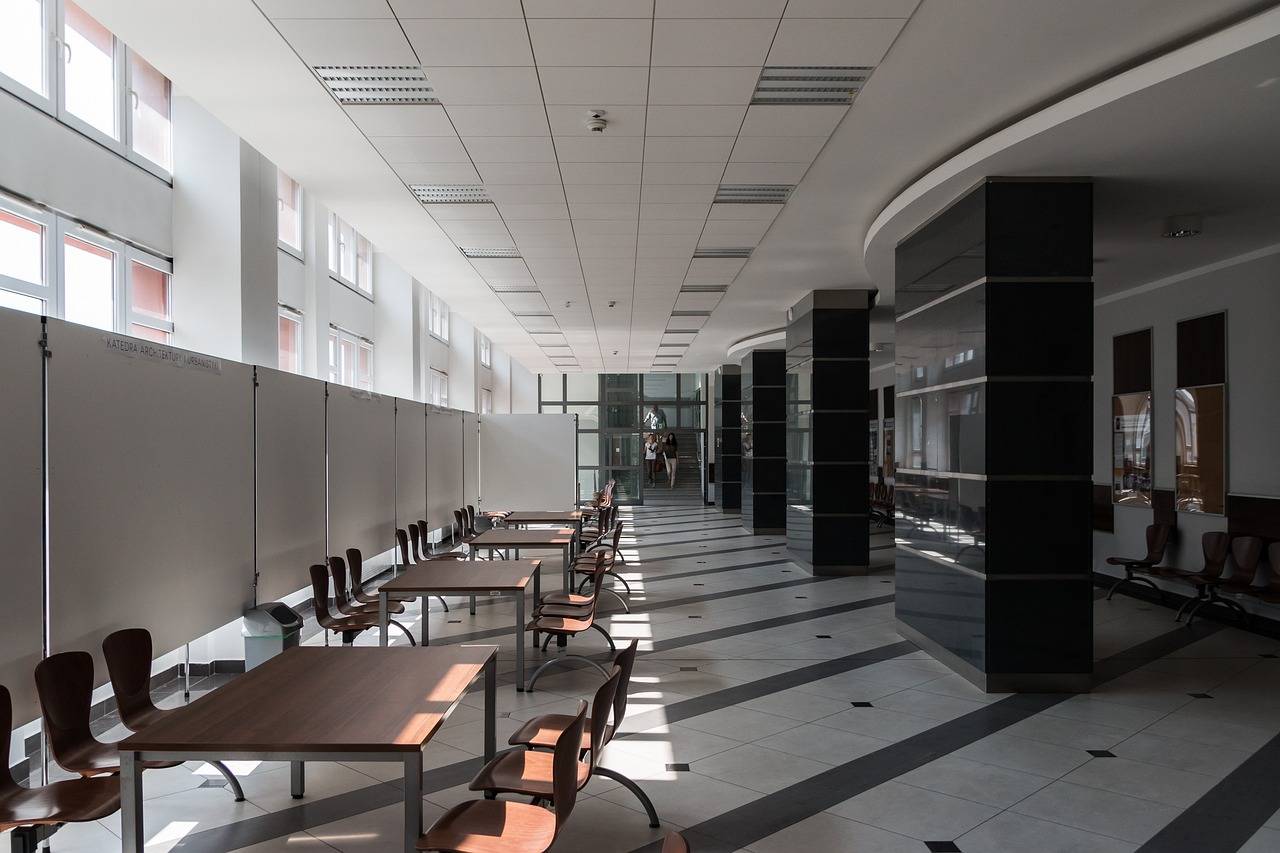Addressing the Needs of Students with Autism Spectrum Disorder in Schools
Students with Autism Spectrum Disorder often face challenges in social interactions. They may struggle with understanding social cues, maintaining eye contact, and engaging in meaningful conversations with peers. This can lead to feelings of isolation and difficulties in forming friendships, which are vital for their overall development and well-being.
In addition to social challenges, students with Autism Spectrum Disorder may also experience sensory sensitivities. They may be overly sensitive to loud noises, bright lights, or certain textures, which can be overwhelming and cause distress. These sensory sensitivities can make it difficult for them to focus in a busy classroom environment, leading to potential academic struggles.
Understanding the Unique Learning Styles of Students with Autism Spectrum Disorder
Students with Autism Spectrum Disorder (ASD) often exhibit unique learning styles that differ from their neurotypical peers. One common characteristic is a preference for visual learning, where individuals may better comprehend information through images, diagrams, or videos rather than traditional written or verbal instructions. This visual strength can be harnessed in the classroom by incorporating visual aids and tools to facilitate understanding and engagement.
Additionally, individuals with ASD may excel in rote memorization and have a strong attention to detail. They may thrive in structured environments with clear routines and expectations, as deviations from these can cause anxiety and confusion. Understanding and accommodating these preferences can greatly enhance the learning experience for students with ASD, enabling them to reach their full potential and succeed academically.
Creating an Inclusive Classroom Environment for Students with Autism Spectrum Disorder
Creating an inclusive classroom environment for students with Autism Spectrum Disorder (ASD) involves implementing various strategies to support their unique needs. Educators can start by creating clear routines and visual schedules to help students with ASD navigate their daily activities. Providing a structured and predictable routine can help reduce anxiety and enhance their sense of security within the classroom.
Additionally, it is essential to create a sensory-friendly space that accommodates the sensory sensitivities commonly experienced by students with ASD. This may include incorporating quiet corners, providing noise-canceling headphones, or utilizing natural lighting to create a calmer environment. By being mindful of sensory needs and making appropriate adjustments, educators can help students with ASD feel more comfortable and focused in the classroom.





